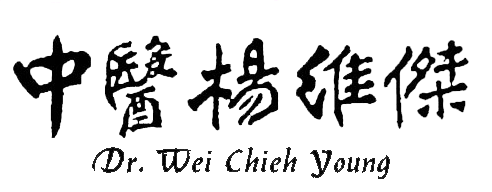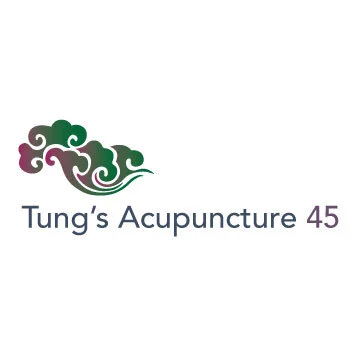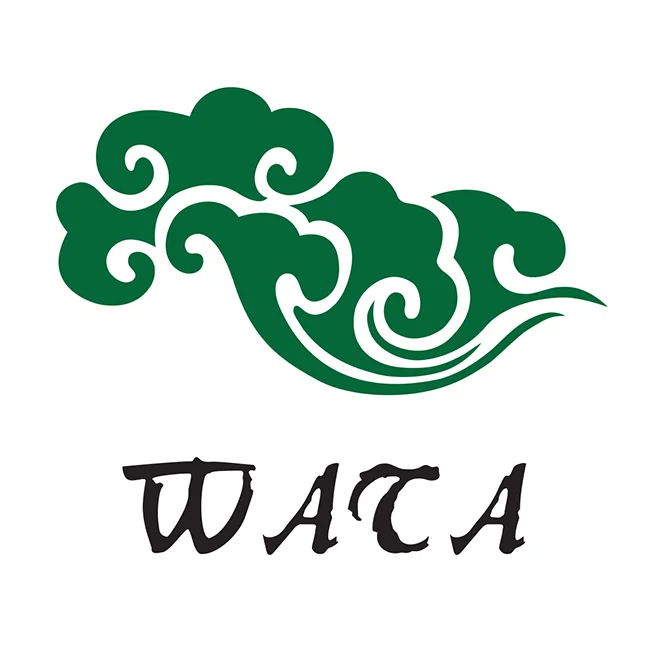7: What is the holographic standpoint of the five transport points? How to apply the concept to clinic practice?
/In Ling Shu, Jiu Zhen Shi Er Yuan (The Nine Types of Needle and the Twelve Yuan-source Points) says “The twenty seven qi flow and pour into the five transport points…” That means the twelve channels and the fifteen collaterals flow, pour into, exit from and enter to the five transport points. This indicates that the five transport points are related to the whole body. In Ling Shu, Guan Neng (According to the Official Ability) says “Understanding the functions of the five transport points, one is able to apply the swift and slow needling techniques according to the excess or deficient conditions of the diseases. One also is able to recognize how the channel qi flows, and where does it bend, extend, enter and exit. It follows certain rules.” This paragraph indicates that mastering the five transport points is the prerequisite of successful clinical practice. Both quotes reflect the importance of the five transport points.
The connections of the five transport points and the body parts, and the five-element assignments of the five transport points complete the five transport points to a five-element sub-system. This sub-system is connected to the five-element sub-system of the Zang Fu organs and together they constitute the holographic standpoint of the five transport points. The five transport points of each channel are the holographic points of that channel. Each channel may communicate and act on the respectively related organs through the five elements of the five transport points.
The holographic concept of the five transport points includes the holism, naturalism, and image-numberism. The naturalism of the five transport points refers to the connections between space-time and the five transport points. The flowing from shallow to the deep levels and the distribution locations of the five transport points decide the space nature of the five transport points. For example, the Jing-well points correspond to the head region; Ying-spring points to the facial region; Shu-stream points to the neck or lumbar region (depends on the first or second level correspondence); Jing-river points belong to fire or metal which correspond to lung or heart; He-sea points belong to earth and water which correspond to spleen and kidney. In addition, those points belong to wood correspond to liver and gallbladder. Hence, when the diseases are related to the liver or gallbladder, points belong to wood may be chosen. The rest five-element may be deduced by analogy. The correspondence includes the five body tissue (skin, vessel, flesh, sinew, and bone) correspondence. Those points belong to wood are able to treat sinew problems; points belong to fire to treat blood vessels…etc. I have discussed this part in the previous rounds of the discussion questions. Here I would omit the details.
The time nature of the five transport points nurtures the ideology of the “oneness of heaven and humanity”. The example applications of this concept are such as point selections according to acute (ex. Jing-well points), chronic (ex. Jing-river and He-sea points), or intermittent (Shu-stream points) conditions; and the point selections according to the four seasons a year or four timings a day; Midnight-Noon Ebb-Flow; and the Eight Methods of Magic Turtle.
Besides, the image-numberism of the five-elements includes Tong Qi Xiang Qio (similar energy attracts one another), and Jiao Ji (mutually supplementing)…etc. The points belong to wood treat liver, gallbladder and sinew diseases; points belong to fire treat small intestine and blood vessel diseases. Those are the applications of image-numberism of the five transport points. More examples are such as when diseases manifested with tremor, cramp pains and sudden-onset like winds are categorized into “wind” diseases. Those diseases may be treated with wood points. The chances to apply the concept are extensive and that will be the major content of the five transport points. To put forth effort on this aspect will enhance the flexibility in treating diseases and increase the effect of the treatment. Numerous applications of the Master Tung acupuncture are based on the image-numberism.










